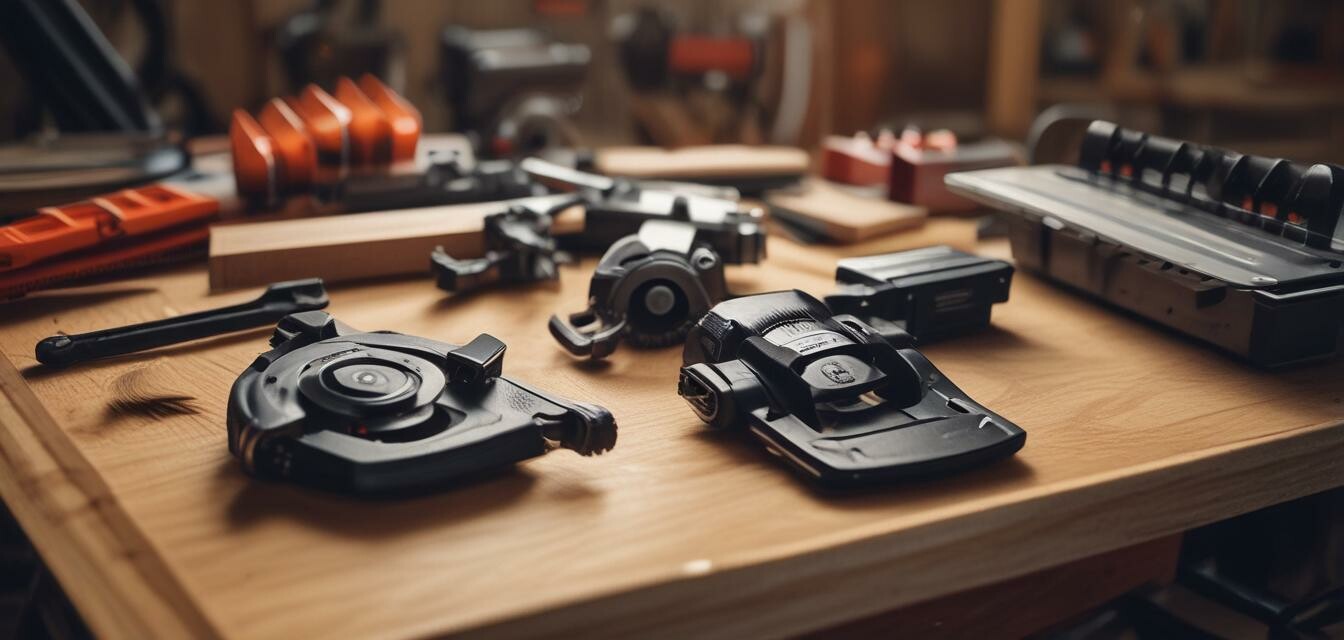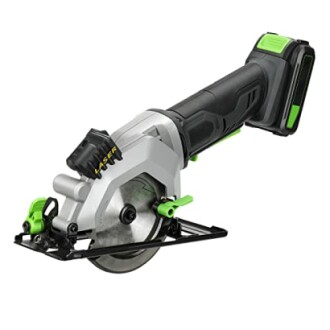
Quick Guide to Portable Saws: What to Look For
Key Takeaways
- Consider the type of saw based on your cutting needs.
- Look for adjustable depth and angle settings for versatile cuts.
- An ergonomic design reduces fatigue during extended use.
- Laser guides can improve precision in your cuts.
- Battery-powered models offer greater mobility for on-the-go jobs.
When it comes to portable saws, there's a variety of options available that cater to different projects and user needs. This guide will help you identify the essential features to consider, ensuring you make an informed decision tailored to your specific requirements.
Types of Portable Saws
Before diving into the specifics, it’s important to recognize the different types of portable saws available on the market:
| Type of Saw | Best For |
|---|---|
| Mini Circular Saw | Small projects and tight spaces |
| Reciprocating Saw | Demo work and cutting through various materials |
| Jigsaw | Curved and intricate cuts |
| Band Saw | Resawing and complex cuts |
| Miter Saw | Crown molding and diagonal cuts |
Key Features to Consider
1. Power Source
Portable saws can be powered in various ways. Here’s a quick comparison:
| Type | Advantages | Disadvantages |
|---|---|---|
| Electric | Consistent power, better for heavy-duty jobs | Limited mobility; must be near an outlet |
| Battery-Powered | Portability, no cords to manage | Battery life may limit prolonged use |
2. Adjustable Depth and Angle
Look for a model that allows you to adjust the cutting angle and depth. This versatility can be crucial for achieving the perfect cut for your project.
3. Ergonomic Design
A well-designed handle minimizes discomfort and fatigue, making it easier to manage and operate the saw for longer periods.
4. Laser Guide
A laser guide can significantly enhance the precision of your cuts. This feature is especially important if you’re working on detailed projects.
Featured Product
GALAX PRO Mini Circular Saw
This compact saw features adjustable angles and depths, a laser guide for precision, and delivers a no-load speed of 3400 RPM.
Explore NowPros and Cons of Portable Saws
Pros
- Versatile for multiple cutting needs
- Portable and easy to store
- Safety features prevent accidents
Cons
- Battery limitations on usage time
- Some may find them less powerful than stationary saws
Maintaining Your Portable Saw
To ensure longevity and peak performance of your portable saw, consider the following maintenance tips:
- Regularly check and replace blades as needed.
- Keep the saw clean, especially after cutting to prevent debris buildup.
- Store in a cool, dry place to avoid damage during downtime.
Conclusion
Choosing the right portable saw involves understanding your specific needs as well as the features of each model available in the market. Whether you’re a contractor or a DIY enthusiast, knowing what to look for can help you invest in a tool that enhances your projects efficiently. For further guidance, check out our Buying Guides section.
Further Reading
To expand your knowledge about different types of portable tools, consider exploring:

